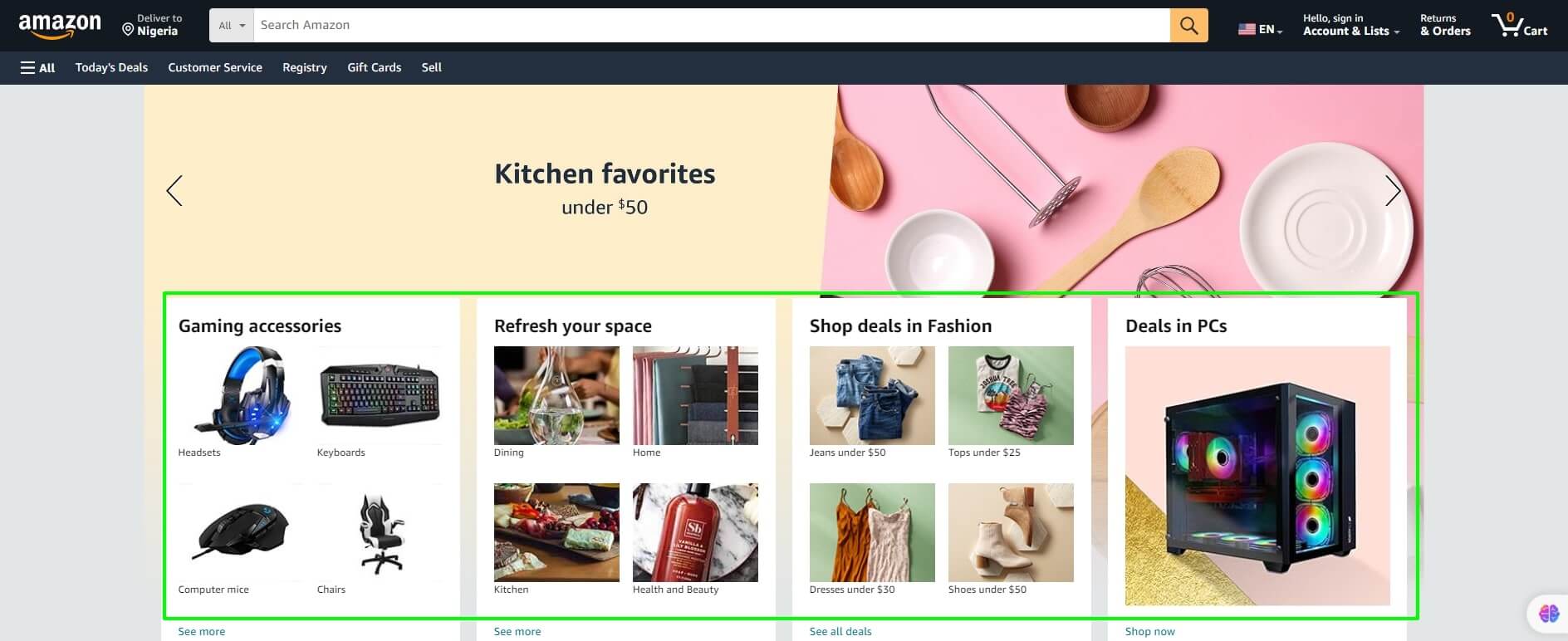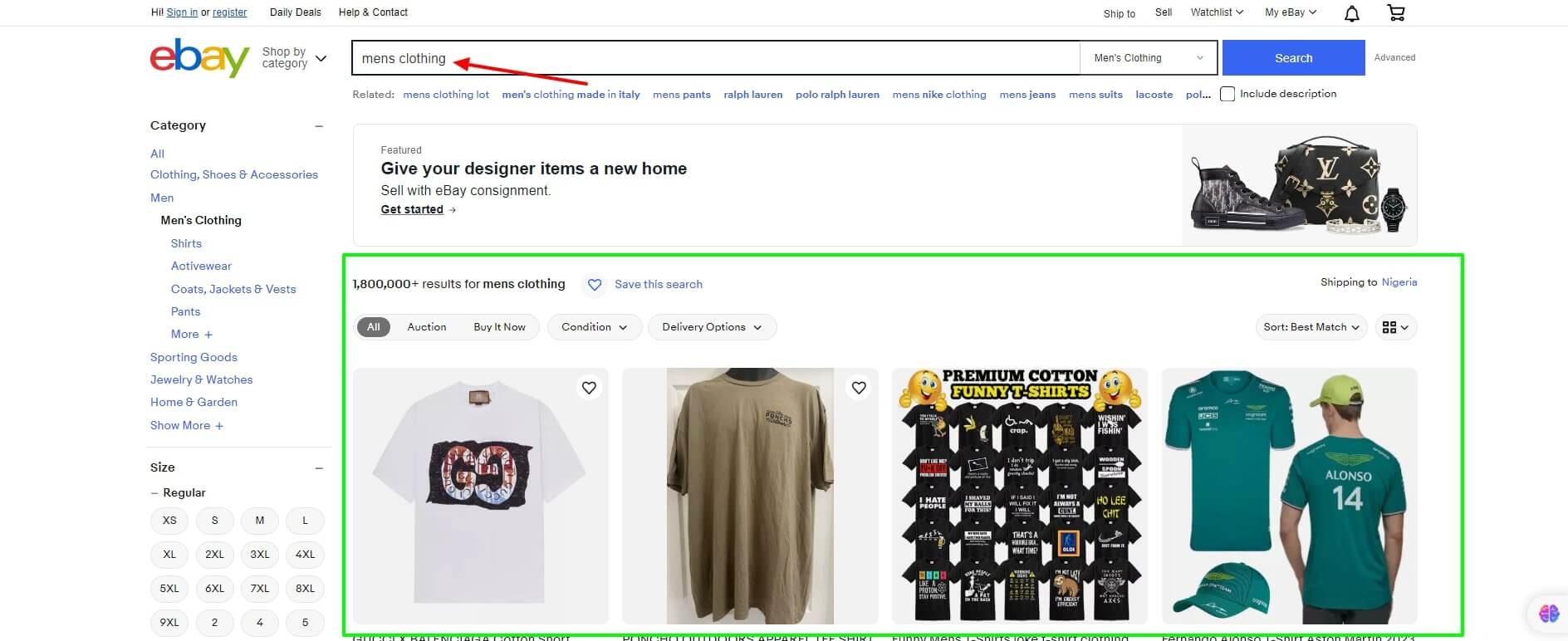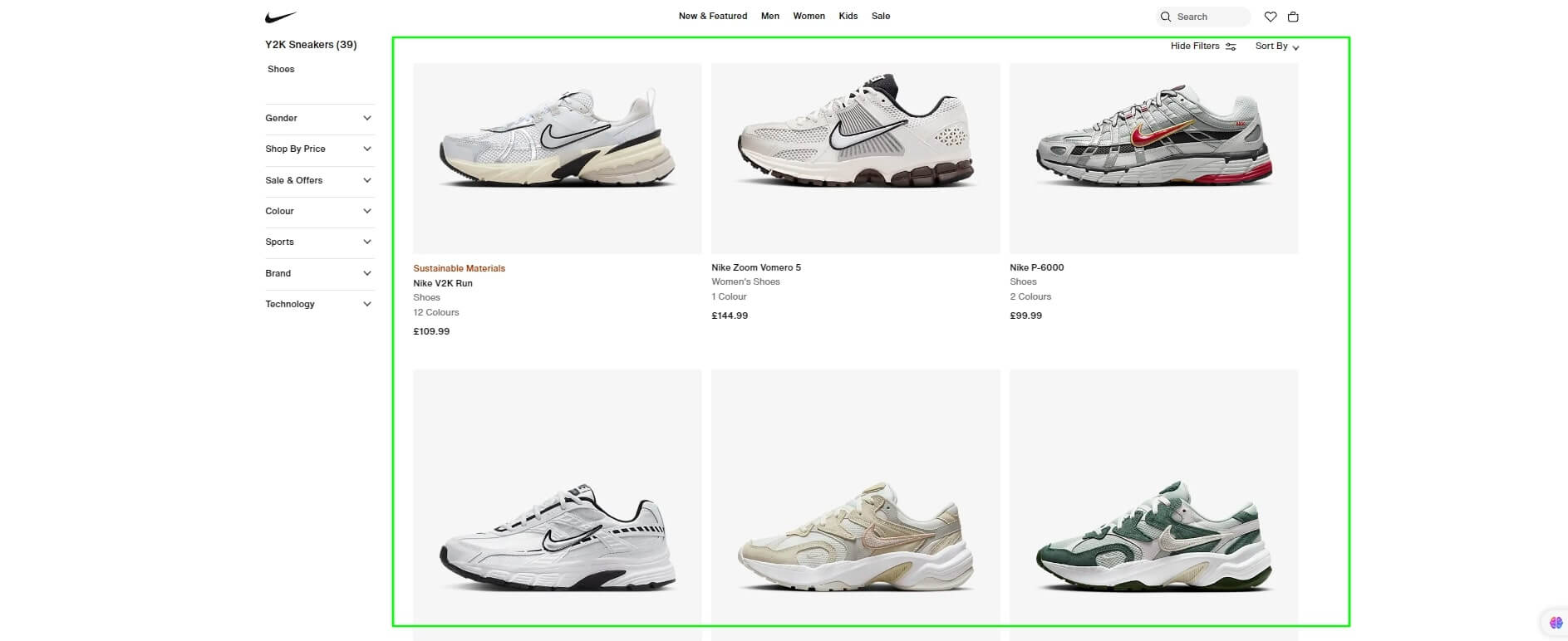
When was the last time you visited your favorite local store? Did you notice how everything was arranged neatly, with products displayed attractively, sale items highlighted, and signs guiding you to different sections? E-commerce merchandising is the online version of this experience. Just like in a physical store, it involves arranging and showcasing products on a website to attract customers, make it easy for them to find what they need, and encourage them to purchase. By 2027, 23% of retail purchases are predicted to happen online. So, when could be the best time to bring the offline experience into your ecommerce sites, if not now? Let’s explore the strategies you need to take your ecommerce merchandising to the next level.
Core Strategies for Ecommerce Merchandising

To carry out successful ecommerce merchandising, there are key strategies to follow. They include;
Comprehensive Product Selection
This involves curating products on your online shelf, using market research and predictive analytics to know what products are needed in the market and likely to trend. It also allows you to listen to your customers, through customer reviews and sales data analysis to see what people are craving and would like to buy.
Enhanced Product Presentation
One of the best uses of AR in ecommerce is the virtual try-on. With this feature, you can "try on" clothes, accessories, and even makeup using your smartphone or tablet. This helps customers see how things look and fit, making them feel more confident about online purchases. By adopting 3D views and AR, customers' experiences are closest to reality. Also, crafting SEO-friendly descriptions that are clear, enticing, and perfect for conversions will help put your products in the spotlight.
Optimized Pricing Strategies
Because prices change with the times, ecommerce merchandising involves real-time pricing adjustments using AI, to change prices based on what's happening in the market. It employs advanced discounting algorithms and personalized promotions for targeted individuals, which creates special discounts and personalized offers to make people feel extra special.
Personalized Shopping Experiences
A good ecommerce merchandising strategy will recommend products to customers based on what they have bought before. These personalized recommendations are created by an algorithm that uses data like what the customer has viewed or bought before, their location, or details from their profile. For instance, if you sell clothes and have a customer who only likes men's wear, you can customize their experience to show only men's clothing and shoes. By showing them what they want, you can make your customers happy and satisfied.

Solutions for Effective Ecommerce Merchandising
If you are finding it difficult to enhance Ecommerce merchandising on your website, these solutions are for you!
User Experience Optimization
Improving how users interact with an online store is essential for drawing in and keeping customers. AI technology really helps in this regard. It can make searching for products easier and faster. You can also enhance UX with progressive web apps. They combine the speed and ease of use of mobile apps with the accessibility of websites. This approach improves engagement and reduces bounce rates, as users are less likely to leave due to slow loading times or poor functionality.

Data-Driven Decision Making
Collecting data can make ecommerce merchandising much easier. The data from your site shows you which products and visuals to highlight on your homepage and landing pages. You can use Google Analytics to learn about your site traffic, popular search terms, and visitor demographics. To improve even more, try using split tests or A/B tests to see which images, products, or promotions lead to the most sales. This involves being able to test different versions of your web pages to see which ones perform best.
Cross-Selling and Upselling Techniques
When a shopper adds a product to their cart, it shows they are seriously interested. They are just a click or two away from buying. While you don't want to distract them from finishing the purchase, the shopping cart is a good place for quick cross-sells. You can even use AI to help out. Let's say a customer adds a pair of shoes to their cart, and your site automatically suggests a matching bag or sock. These product recommendations by an AI can increase sales by offering complementary items.

Efficient Inventory Management
Good inventory management makes sure products are available when customers need them, without having too many extras. You can use The Internet of Things (IoT) to track inventory in real time using connected devices. This technology helps prevent stockouts and overstocking by providing accurate information on inventory levels. Another way to monitor your inventory level is by using predictive analytics. Imagine being able to predict what products will be in demand next month. With predictive analytics, you can forecast future needs and optimize your supply chain, ensuring you have the right products available at the right time.
Best Practices for Ecommerce Merchandising
Most ecommerce stores are yet to get it right with merchandising, however, we have provided the best practices to help you stand out. They are:
E-commerce Visual Merchandising
When people buy products in person, they can use all their senses. They can touch, hear, see, and smell what they are buying. Online shoppers, however, can only see the products. So, if your products don't look good in pictures, people won't want to buy them. Showing items in a visually appealing way that grabs shoppers' attention can increase your average order value (AOV) and encourage customers to return.

Digital Merchandising Techniques
If you have both an online and a physical store, ensure that your merchandising strategies are aligned. This creates a good experience for your customers, whether they shop online or in-store. Also, you should think about creating a presence on social media sites like Facebook or Instagram and linking your posts and promotions to your website. This helps new people discover your brand.
Enhancing Customer Engagement
You can decide to spice things up at your online store by adding interactive elements and game-like features to your site. For instance, you could use quizzes to help customers find the right product or offer rewards and challenges that encourage them to explore more of your store. Another way to boost engagement is through good reviews. Customers often rely on online reviews before buying products. As an ecommerce store, you should make it easy for people to read reviews and leave their own after purchasing.

Top 3 Merchandizing Platforms
Advanced merchandising platforms are designed to help ecommerce businesses manage and optimize their online stores. Here are some of them:
1. Shopify Plus

Shopify Plus is known for its ease of use and extensive range of integrations. You can find features like advanced analytics, automated marketing tools, and customizable checkout options. It also supports omnichannel retailing, allowing businesses to sell across various platforms, including social media, and physical stores.
2. Adobe Commerce

Adobe Commerce offers a lot of options for customization and is very flexible. It offers powerful tools for managing products, orders, and customers. The platform integrates with numerous third-party services, enabling businesses to expand their functionalities with ease.
3. BigCommerce

BigCommerce is built for scalability, making it ideal for growing businesses. It offers SEO features, multi-channel selling, and comprehensive analytics. The platform also supports lots of payment gateways and shipping providers.
Artificial Intelligence and Machine Learning
AI and ML are transforming ecommerce by providing smarter, more personalized shopping experiences. It can be applied in ecommerce merchandising in the following ways:
- Product Recommendations: AI analyzes customer behavior and preferences to suggest products they are likely to buy. This increases the chances of making a sale and enhances customer satisfaction.
- Dynamic Pricing: AI algorithms adjust prices in real time based on factors like demand, competition, and customer behavior. This helps businesses maximize profits and stay competitive.
- Personalization: AI and ML create personalized shopping experiences by suggesting products and marketing messages to customers.

Impact of AI on Customer Engagement and Sales Conversion
AI chatbots and virtual assistants offer instant customer support, answering questions and helping shoppers through their buying process. They also turn visitors into buyers by offering personalized recommendations and dynamic pricing. The more relevant and timely the offers, the higher the chances of making a sale
Challenges and Solutions in Ecommerce Merchandising
Ecommerce merchandising involves lots of tasks to ensure that products are presented in a way that attracts customers and encourages purchases. However, there are some challenges that businesses face. They include:
Managing Complex Integrations and Data Silos
As ecommerce businesses expand, they use various tools and platforms to manage their operations. Integrating these systems can be complicated, leading to data silos where information is separated and hard to access across the organization. These silos can cause inefficiencies and make it difficult to get a complete view of customer data, which is needed to provide a smooth shopping experience.
Ensuring Scalability and Performance Under High Traffic
During busy shopping times or promotions, ecommerce websites can get a lot of visitors. It's important to make sure the site doesn't slow down or crash. If the site works poorly during these times, it can cause lost sales and unhappy customers.
Strategic Solutions
Implementing Robust Data Governance Frameworks
Data governance means managing how data is available, used, secure, and kept accurate in an organization. A strong data governance plan makes sure data is consistent, correct, and easy to access. This plan helps remove data silos by making sure all systems and departments can access the same information, which improves efficiency and decision-making.
Leveraging Cloud Technologies for Flexibility and Scalability
Cloud technologies are like a flexible and scalable solution for ecommerce businesses. They allow businesses to adjust their website's capacity as needed, so it performs well even when there are lots of people visiting. These platforms also come with tools that make it easier to connect different systems and manage data effectively
Future Trends in Ecommerce Merchandising
As the market becomes more competitive, Ecommerce merchandising will continue to improve. Let's take a look at the future trends in e-commerce Merchandising.
Emerging Technologies
There have been a lot of changes in ecommerce thanks to the emergence of innovative technologies like Artificial intelligence, blockchain, and the Internet of Things. Artificial Intelligence makes shopping more personal by suggesting products and predicting what customers might like. Even blockchain technology promises more secure and transparent transactions. Meanwhile, IoT (Internet of Things) helps manage inventory instantly and create customized interactions with customers. We've also witnessed the rise of voice commerce and its implications. Using virtual assistants like Alexa and Google Assistant, lets customers shop by speaking commands. This makes shopping easier, but it means ecommerce businesses need to optimize for voice search and give accurate product details.
Predictions for the Future
To stay competitive, e-commerce businesses should invest in technologies that can grow and change with them. This means adopting AI tools, using blockchain for secure transactions, and getting ready for voice commerce to become more popular. As AI, blockchain, and IoT keep improving, they will make online shopping easier, safer, and more personalized. Innovations like voice commerce will likely become a big part of how people shop, changing how they find and buy things. Adapting to these trends will help businesses stay important and successful in the future.
Conclusion
An ecommerce merchandising strategy focuses on constantly improving how products are presented to customers. This includes A/B testing, analyzing data, and ensuring both online and in-store experiences are user-friendly. Also, you should adopt emerging technologies like AI, IoT, and blockchain, and stay ahead of new trends. Do you know why? By investing in an ecommerce platform that can adapt to new trends and technology, your business can stay in the spotlight and offer services that satisfy customers. If after reading until this point, you're still unsure of how to go about merchandising your ecommerce store, you can book a demo with us. Let's show you how it's done.
